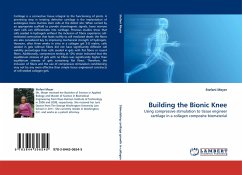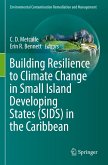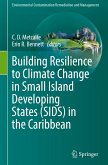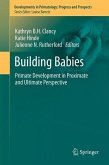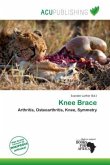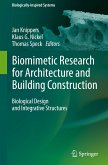Cartilage is a connective tissue integral to the functioning of joints. A promising step in treating defective cartilage is the implantation of autologous bone marrow stem cells at the defect site. When carried by an appropriate scaffold to provide chondrogenic signals, bone marrow stem cells can differentiate into cartilage. Previous studies show that cells seeded in hydrogels without the inclusion of fibers experience cell-mediated contraction that leads swiftly to cell mediated death; the fibers are also considered key to improving mechanical strength of hydrogels. However, after three weeks in vitro in a collagen gel 3-D matrix, cells seeded in gels without fibers did not have significantly different cell viability percentages than cells seeded in gels with flat fibers or round fibers. Additionally, compressive testing at 10% strain indicated that the equilibrium stresses of gels with no fibers was significantly higher than equilibrium stresses of gels containing flat fibers.Therefore, the inclusion of fibers and the use of compressive stimulation conditioning may not be any more effective than simple tissue engineered constructs of cell-seeded collagen gels.
Bitte wählen Sie Ihr Anliegen aus.
Rechnungen
Retourenschein anfordern
Bestellstatus
Storno

